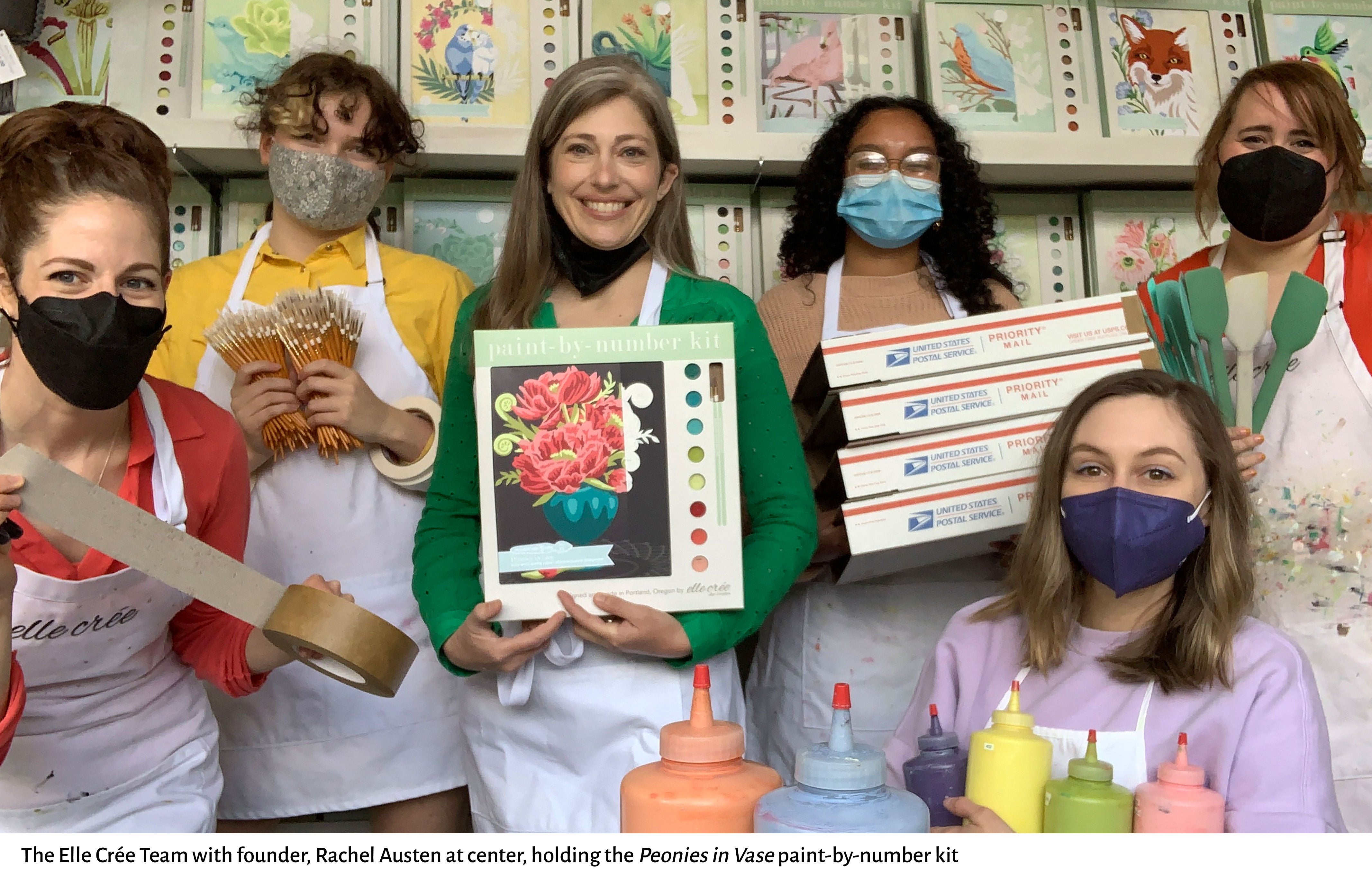Why We Are No Longer Using the Term "Conflict-free"
Why this term is problematic:
First of all, the reality is that there is no way that anyone can say with absolute certainty that anything is 100% conflict-free. No one is omniscient, so it's not realistic to call something conflict-free unless you were physically present to witness every aspect of that product's life cycle. And as the KPCSC states, "there is no standardised, testable system guaranteeing that any diamond is free of conflict."
You may be wondering what about the Kimberly Process? Don't they have a system for that? Sort of, but not really. The Kimberly Process (KP) has an extremely narrow definition of conflict diamonds. Their definition only applies to "rough diamonds used by rebel movements or their allies to finance armed conflicts aimed at undermining legitimate governments." Because it only applies to rough diamonds financing armed conflict, it's never been a reliable measurement of whether a diamond is conflict-free.
Further, this narrow definition by the KP has provided a cover for diamonds that may have involved forced labor, child labor, environmental destruction, etc., under the umbrella of "conflict-free." It has permitted an entire industry to use the term conflict-free without knowing the impact and journey a diamond may have gone through.
But we've always understood the limitations of the KP and never relied on it for determining what diamonds to work with. Since the beginning, we've had much stricter vetting of what diamonds we work with – choosing to work with only recycled natural, lab-grown, and newly mined Canadian and Australian diamonds. Given our research and knowledge of material sourcing, those diamond options have the lowest impact. They tend to be the most ethical options.
Of course, we have concerns that if all the ethical jewelers stop using the term conflict-free, customers looking for more ethical jewelry will only find companies that rely on the KP to make conflict-free claims. But stopping the use of that term is the right thing to do.
Moving forward, we will continue our high material and vendor vetting standards – working with only a few trusted suppliers. We will be more specific about what type of diamond we refer to rather than using a blanket term like conflict-free. We are working on updating all instances of this on our website and social media. And as always, nothing is ever perfect, but we are constantly working to do better.
References:
Kimberly Process Civil Society Coalition
Global Witness

